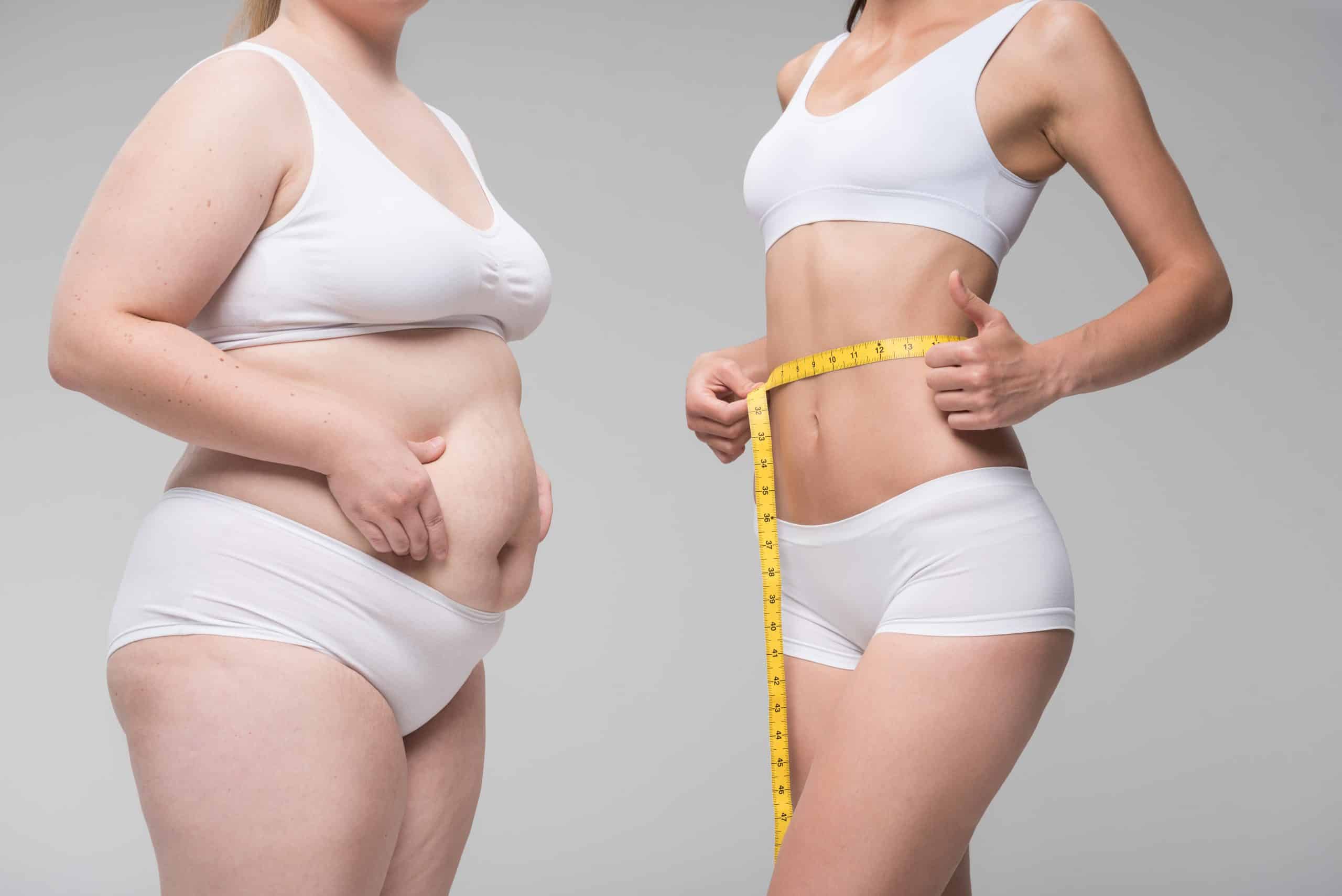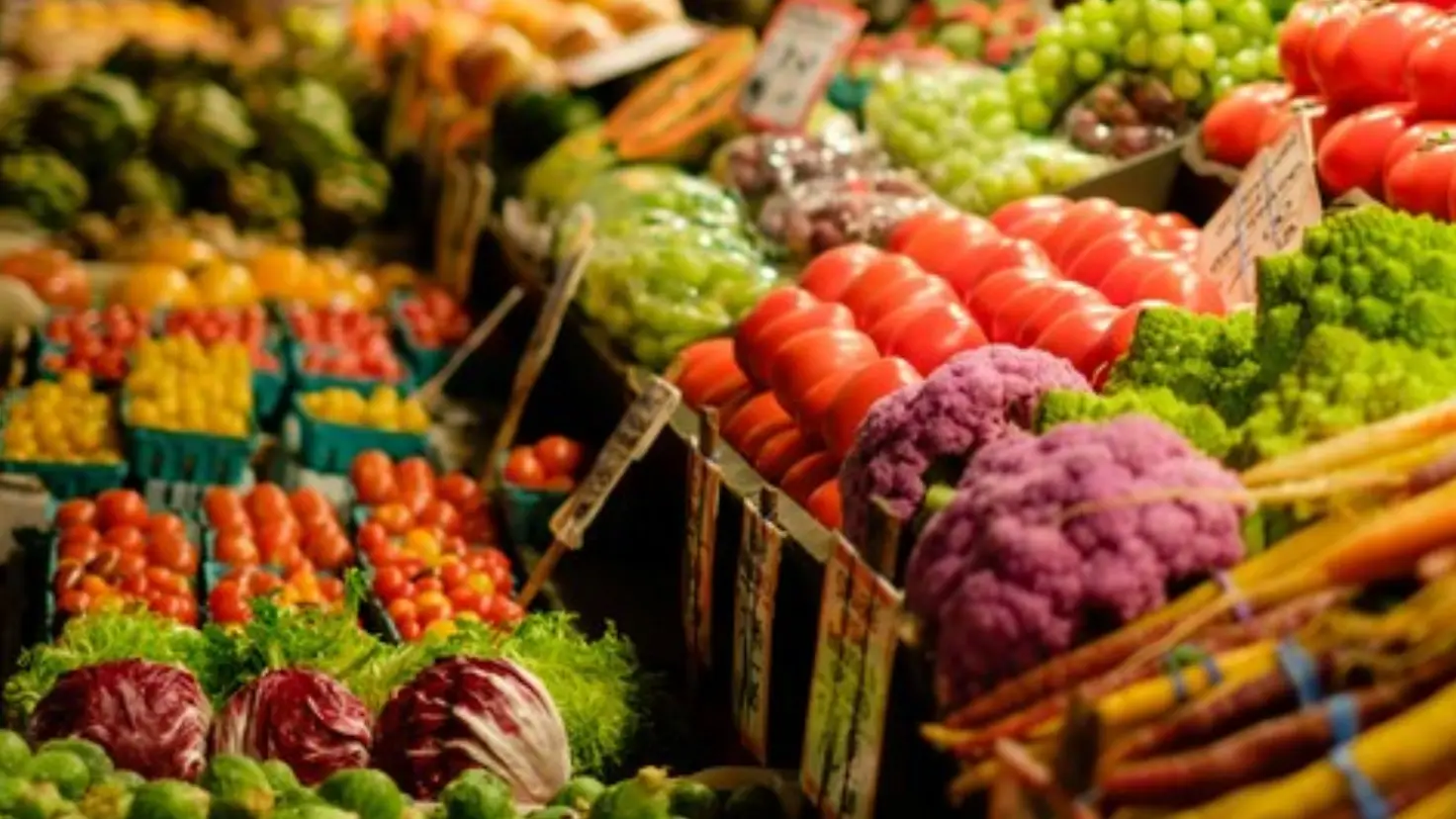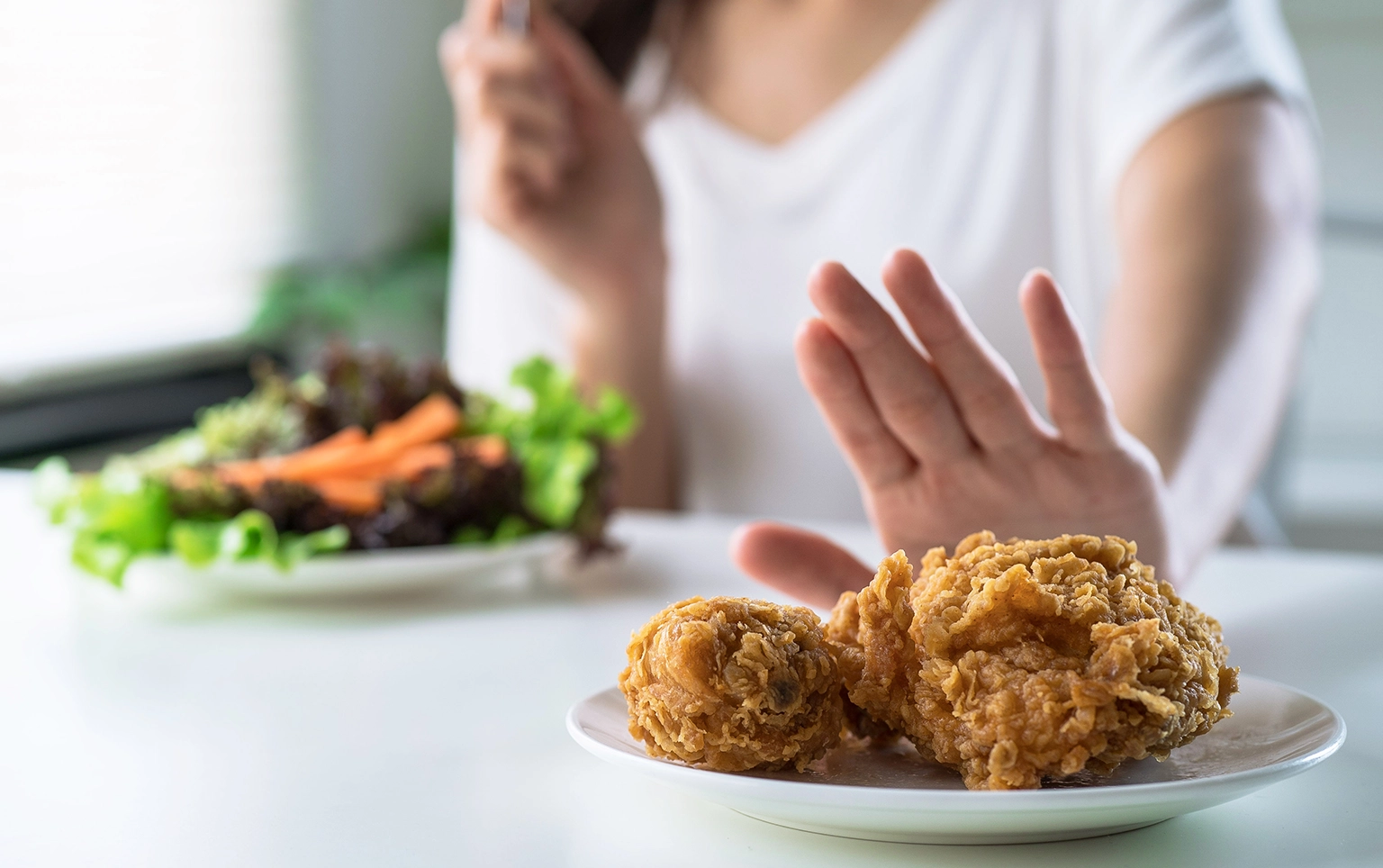Reversing Insulin Resistance – Diet And Lifestyle Modifications
Reversing insulin resistance is critical to avoid serious health complications like stroke, heart disease, non-alcoholic fatty liver disease, and metabolic syndrome.1 Insulin resistance is one of the most common diseases and also one of the most under diagnosed conditions. Fortunately, there are steps you can take to reverse insulin resistance and get your health back on track.
Insulin Resistance – Energy Storage And Survival
It’s important to understand why insulin resistance occurs in the first place. Insulin resistance stems from a survival mechanism that allows us to store fat and utilize that energy at a later date when food is less available. Our bodies have evolved to conserve energy and store fat as a way to ensure our survival. When food is not readily available, the body taps into these stores of fat for energy so we can survive until food becomes available again. Insulin resistance is an important part of this process, allowing us to efficiently utilize stored fat for energy when needed.2
While this system works flawlessly if we are subject to periods of feast and famine as our ancestors were, in the current world of excess, endless fat accumulation and insulin resistance are the result.
Read more about what causes fat gain.
Reversing Insulin Resistance – Carbohydrates
Insulin resistance is the result of a continuous carbohydrate overload. As carbohydrates, especially simple carbohydrates like sugar, are consumed in excess, insulin levels increase accordingly. This insulin spike is required to move glucose from the bloodstream and into storage.3
Reversing Insulin Resistance – Glucose And Glycogen
Insulin resistance begins on the cellular level. High blood glucose levels are toxic so the body must remove excess glucose from the blood as quickly as possible to maintain homeostasis. Insulin is a messenger which tells cells to accept glucose, as a way to store short-term energy. Once glucose enters the cells, it is converted into glycogen through a process known as glycogenolysis.4 However, the body’s carrying capacity of glycogen is limited.
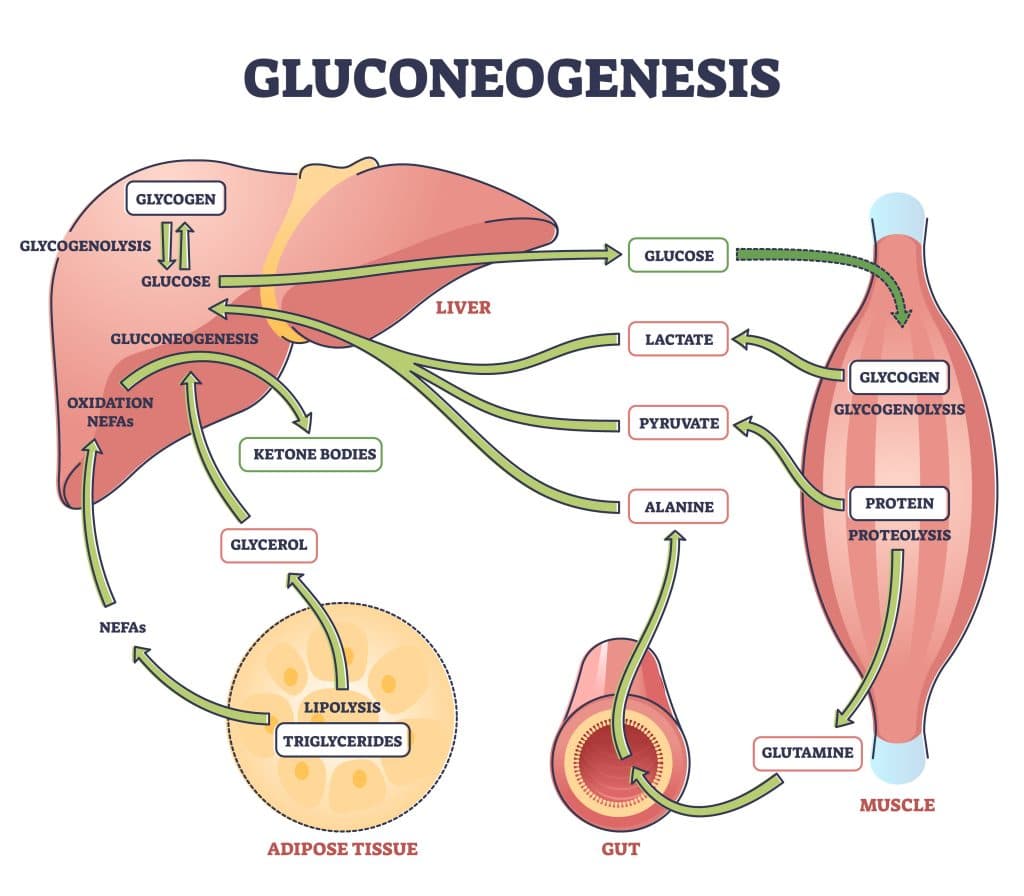
Excess Glucose – Fat Accumulation
When glycogen stores are full, glucose is then converted into fat, a process known as lipogenesis, as a way to quickly remove glucose from the blood. This accumulation of fat can lead to weight gain and increase our risk of developing health issues like heart disease, stroke, and autoimmune conditions.5
Read more about autoimmune conditions.
Reversing Insulin Resistance – Reducing Sugar Consumption
Excessive sugar consumption is the driving factor behind insulin resistance. When too much sugar is consumed in one sitting, it causes a large spike in blood glucose levels, which can lead to insulin resistance over time.6
Reversing Insulin Resistance – Fructose
When fructose is ingested and broken down by the digestive system, it enters into the bloodstream as free fructose molecules which are not as easily used by the body as glucose. Fructose must be first processed by the liver before it can be stored as fat or used as energy. Studies have found that fructose consumption is linked to an increase in fat production in the liver, leading to fatty liver disease. Consumption of fructose over long periods of time leads to increased insulin resistance.
Fructose has been linked to obesity and hypertension due to its effects on blood sugar regulation. High fructose consumption has also been linked to higher levels of triglycerides and LDL cholesterol which are both risk factors for cardiovascular disease. Additionally, hypertension or high blood pressure can be induced by prolonged fructose consumption as it has been found to increase systolic blood pressure.7
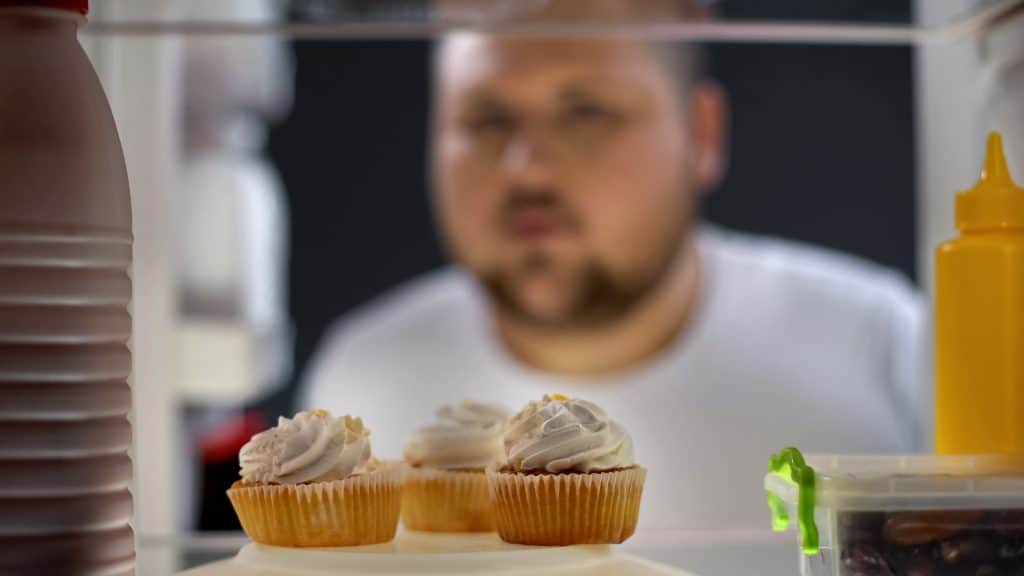
Reversing Insulin Resistance – Starches
While not as bad as simple carbohydrates, starches such as pasta, potatoes, and rice can increase blood glucose levels quickly since they’re easily broken down into sugars. A diet high in starches may also lead to weight gain due to its high caloric content. If the body is already overly saturated with glucose, consumption of starch further exacerbates insulin resistance.8
Reversing Insulin Resistance – Trans Fats
Trans fats are a type of fat found in many processed and fried foods. They’re formed when hydrogen is added to vegetable oils to give them a solid, shelf-stable state. Trans fats have been linked to an increased risk of insulin resistance due to their negative effects on the body’s ability to absorb and process glucose. To reduce the risk of developing insulin resistance, it is important to limit trans fat consumption.9
Reversing Insulin Resistance – Excessive Sugar And Trans Fats
In short, insulin resistance is the result of the body adapting to excess sugar and trans fat consumption. As we consume both over time, the body begins to develop a resistance to insulin.
Insulin Resistance – The Allopathic Approach
Typical treatments for insulin resistance focus on regulating blood sugar levels, not treating insulin resistance directly. As is common in allopathic medicine, the focus is on treating symptoms, not the underlying cause of the disease.
Insulin Resistance – Metformin
Typical treatment for insulin resistance initially starts by taking the drug metformin. Metformin is an oral medication prescribed to help control blood sugar levels. It works by reducing glucose production in the liver, increasing the sensitivity of cells to insulin, and helping regulate fat metabolism. While metformin can be effective in initially controlling blood sugar levels, it does not cure insulin resistance, as it does nothing to address the underlying cause, excessive sugar and trans fat consumption.10
Insulin Resistance – Insulin Injections
When metformin isn’t effective in treating the symptoms of insulin resistance, insulin injections are the next option. An excess of exogenous insulin forces even more sugar into the cells and leads to even more fat accumulation. This results in further complications, like an inability to lose weight and a resistance to the insulin injections themselves.11
Reversing Insulin Resistance – Lifestyle Change
Insulin resistance is the result of bad lifestyle choices over the period of years, but can be reversed with a change in diet, as well as other lifestyle factors. Specifically, reduce carbohydrate consumption significantly, exercise, reduce stress levels, and fast.
Reversing Insulin Resistance – Low Carbohydrate Diet
By reducing the amount of carbohydrates in your diet, you can help reduce insulin levels in your body, which will help to reverse insulin resistance. This can be done by increasing the amount of healthy fats, proteins, and vegetables that you eat, while limiting processed foods and sugars.12
Reversing Insulin Resistance – Keto Diet
The ketogenic diet is a popular and effective way to reverse insulin resistance. It has been proven to normalize blood sugar levels, reduce body weight, and improve overall metabolic health. The keto diet is a high-fat, low-carbohydrate diet that changes the way your body metabolizes energy. By reducing carbohydrates drastically, the body is forced to burn fat instead of glucose for energy. This process results in the release of ketones into your bloodstream, leading to a metabolic state called ketosis.
The keto diet is a great way to reduce your risk of developing other chronic illnesses. It also helps you lose weight faster by controlling hunger hormones and increasing satiety after meals.13
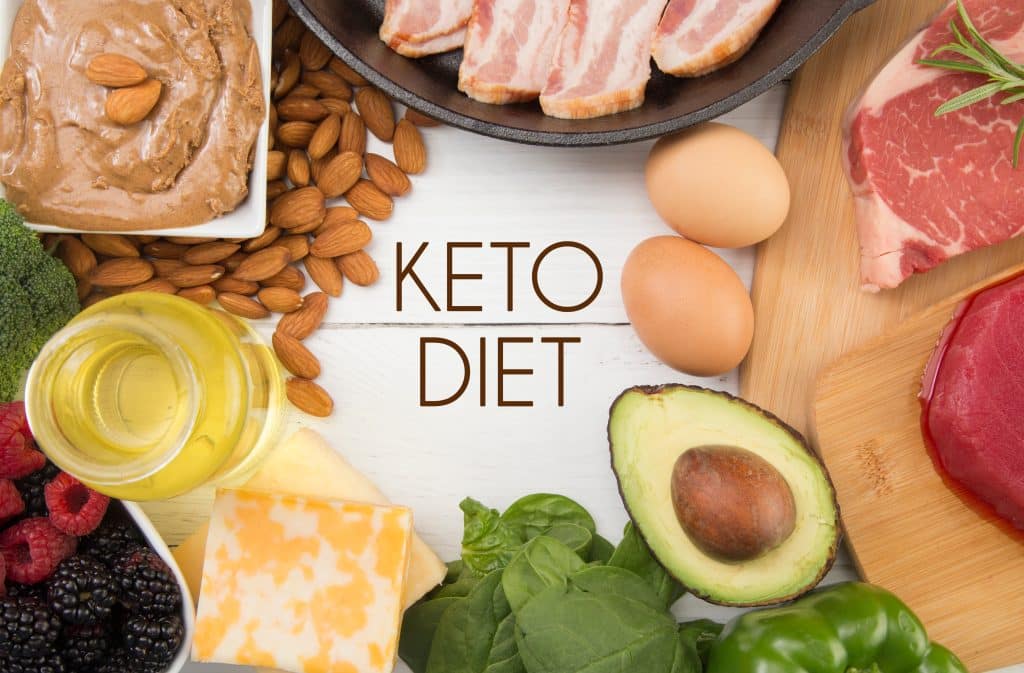
Reversing Insulin Resistance – Carnivore Diet
There is a growing trend of people turning to the carnivore diet in an effort to reverse insulin resistance and improve their overall health.
Research suggests that the high-fat content of the Carnivore Diet can help reduce cravings for sugar and carbs, which may be beneficial for those with insulin resistance.14
The Carnivore Diet can also be beneficial for overall weight loss, as it is high in protein and fat and low in carbohydrates. Studies have found that low-carb diets can be effective for weight loss, as well as reducing chronic inflammation linked to obesity.15
Reversing Insulin Resistance – The Cellular Healing Diet
The Cellular Healing Diet focuses on eliminating the consumption of sugar, processed carbohydrates, and high-glycemic foods in order to reduce inflammation and restore hormonal balance. The diet focuses on eating organic, grass-fed meat, wild caught fish, grass-fed dairy, olive oil, low-glycemic vegetables and low-glycemic fruits like avocados.
Read more about the Cellular Healing Diet.

Reversing Insulin Resistance – Exercise
Exercise is an important part of reversing insulin resistance. Regular physical activity helps to lower blood sugar levels, control weight, reduce stress, and improve overall health. Aerobic exercise such as running, walking, cycling or swimming are great ways to get your heart pumping and build up your endurance. However, High Intensity Interval Training (HIIT) and resistance training with weights or body-weight exercises like push ups, pull-ups, and squats are even more effective at improving insulin resistance.16
Reversing Insulin Resistance – Intermittent Fasting
The body’s inability to efficiently process glucose can be reversed with intermittent fasting. Intermittent fasting is the practice of cycling between periods of eating and abstaining from food for extended periods of time ranging from 16 hours to weeks at a time. The most popular type of intermittent fasting is 16:8, where you eat within an 8-hour window each day and fast for the remainder.
This type of dieting regimen has been proven to help control glucose levels and reduce insulin resistance. It works by boosting insulin sensitivity, allowing your body to effectively use glucose. Studies show that intermittent fasting can also improve metabolic health, lower cholesterol, and decrease inflammation.17
Reversing Insulin Resistance – 3 to 5 Day Water Fast
If you’re looking for a way to naturally reduce insulin resistance, then the 3 to 5 day water fast is the quickest route. This type of fasting has been used for centuries to improve health and treat a wide range of maladies. It involves completely abstaining from all food and beverages except water for up to five days.
During the 5 day water fast, your body goes through several stages of ketosis. This process helps to reduce inflammation in the body and restore balance to the hormones that regulate blood sugar levels. You may also experience an increased sense of satiety and reduced cravings for unhealthy food during this time.
When it comes to reversing insulin resistance, the 3 to 5 day water fast is a safe and effective method that can help you achieve your health goals naturally.18
References
1 Freeman AM, Acevedo LA, Pennings N. Insulin Resistance. 2023 Aug 17. In: StatPearls [Internet]. Treasure Island (FL): StatPearls Publishing; 2023 Jan–. PMID: 29939616.
2 Watve MG, Yajnik CS. Evolutionary origins of insulin resistance: a behavioral switch hypothesis. BMC Evol Biol. 2007 Apr 17;7:61. doi: 10.1186/1471-2148-7-61. PMID: 17437648; PMCID: PMC1868084.
3 Barazzoni R, Deutz NEP, Biolo G, Bischoff S, Boirie Y, Cederholm T, Cuerda C, Delzenne N, Leon Sanz M, Ljungqvist O, Muscaritoli M, Pichard C, Preiser JC, Sbraccia P, Singer P, Tappy L, Thorens B, Van Gossum A, Vettor R, Calder PC. Carbohydrates and insulin resistance in clinical nutrition: Recommendations from the ESPEN expert group. Clin Nutr. 2017 Apr;36(2):355-363. doi: 10.1016/j.clnu.2016.09.010. Epub 2016 Sep 19. PMID: 27686693.
4 Hatting M, Tavares CDJ, Sharabi K, Rines AK, Puigserver P. Insulin regulation of gluconeogenesis. Ann N Y Acad Sci. 2018 Jan;1411(1):21-35. doi: 10.1111/nyas.13435. Epub 2017 Sep 3. PMID: 28868790; PMCID: PMC5927596.
5 Jeon YG, Kim YY, Lee G, Kim JB. Physiological and pathological roles of lipogenesis. Nat Metab. 2023 May;5(5):735-759. doi: 10.1038/s42255-023-00786-y. Epub 2023 May 4. PMID: 37142787.
6 Macdonald IA. A review of recent evidence relating to sugars, insulin resistance and diabetes. Eur J Nutr. 2016 Nov;55(Suppl 2):17-23. doi: 10.1007/s00394-016-1340-8. Epub 2016 Nov 23. PMID: 27882410; PMCID: PMC5174139.
7 Basciano H, Federico L, Adeli K. Fructose, insulin resistance, and metabolic dyslipidemia. Nutr Metab (Lond). 2005 Feb 21;2(1):5. doi: 10.1186/1743-7075-2-5. PMID: 15723702; PMCID: PMC552336.
8 Zuñiga YL, Rebello SA, Oi PL, Zheng H, Lee J, Tai ES, Van Dam RM. Rice and noodle consumption is associated with insulin resistance and hyperglycaemia in an Asian population. Br J Nutr. 2014 Mar 28;111(6):1118-28. doi: 10.1017/S0007114513003486. Epub 2013 Nov 14. PMID: 24229726.
9 Front. Immunol., 29 April 2021 Sec. Molecular Innate Immunity Volume 12 – 2021.
10 Giannarelli R, Aragona M, Coppelli A, Del Prato S. Reducing insulin resistance with metformin: the evidence today. Diabetes Metab. 2003 Sep;29(4 Pt 2):6S28-35. doi: 10.1016/s1262-3636(03)72785-2. PMID: 14502098.
11 Church TJ, Haines ST. Treatment Approach to Patients With Severe Insulin Resistance. Clin Diabetes. 2016 Apr;34(2):97-104. doi: 10.2337/diaclin.34.2.97. Erratum in: Clin Diabetes. 2016 Jul;34(3):168. PMID: 27092020; PMCID: PMC4833480.
12 Ebbeling CB, Knapp A, Johnson A, Wong JMW, Greco KF, Ma C, Mora S, Ludwig DS. Effects of a low-carbohydrate diet on insulin-resistant dyslipoproteinemia-a randomized controlled feeding trial. Am J Clin Nutr. 2022 Jan 11;115(1):154-162. doi: 10.1093/ajcn/nqab287. Erratum in: Am J Clin Nutr. 2022 Jan 11;115(1):310. PMID: 34582545; PMCID: PMC8755039.
13 Gershuni VM, Yan SL, Medici V. Nutritional Ketosis for Weight Management and Reversal of Metabolic Syndrome. Curr Nutr Rep. 2018 Sep;7(3):97-106. doi: 10.1007/s13668-018-0235-0. PMID: 30128963; PMCID: PMC6472268.
14 Brand-Miller JC, Griffin HJ, Colagiuri S. The carnivore connection hypothesis: revisited. J Obes. 2012;2012:258624. doi: 10.1155/2012/258624. Epub 2011 Dec 22. PMID: 22235369; PMCID: PMC3253466.
15 Pavlidou E, Papadopoulou SK, Fasoulas A, Mantzorou M, Giaginis C. Clinical Evidence of Low-Carbohydrate Diets against Obesity and Diabetes Mellitus. Metabolites. 2023 Feb 6;13(2):240. doi: 10.3390/metabo13020240. PMID: 36837859; PMCID: PMC9962697.
16 Bird SR, Hawley JA. Update on the effects of physical activity on insulin sensitivity in humans. BMJ Open Sport Exerc Med. 2017 Mar 1;2(1):e000143. doi: 10.1136/bmjsem-2016-000143. PMID: 28879026; PMCID: PMC5569266.
17 Albosta, M., & Bakke, J. (2021). Intermittent fasting: is there a role in the treatment of diabetes? A review of the literature and guide for primary care physicians. Clinical diabetes and endocrinology, 7(1), 3.
18 Vendelbo MH, Clasen BF, Treebak JT, Møller L, Krusenstjerna-Hafstrøm T, Madsen M, Nielsen TS, Stødkilde-Jørgensen H, Pedersen SB, Jørgensen JO, Goodyear LJ, Wojtaszewski JF, Møller N, Jessen N. Insulin resistance after a 72-h fast is associated with impaired AS160 phosphorylation and accumulation of lipid and glycogen in human skeletal muscle. Am J Physiol Endocrinol Metab. 2012 Jan 15;302(2):E190-200. doi: 10.1152/ajpendo.00207.2011. Epub 2011 Oct 25. PMID: 22028408; PMCID: PMC4971894.

